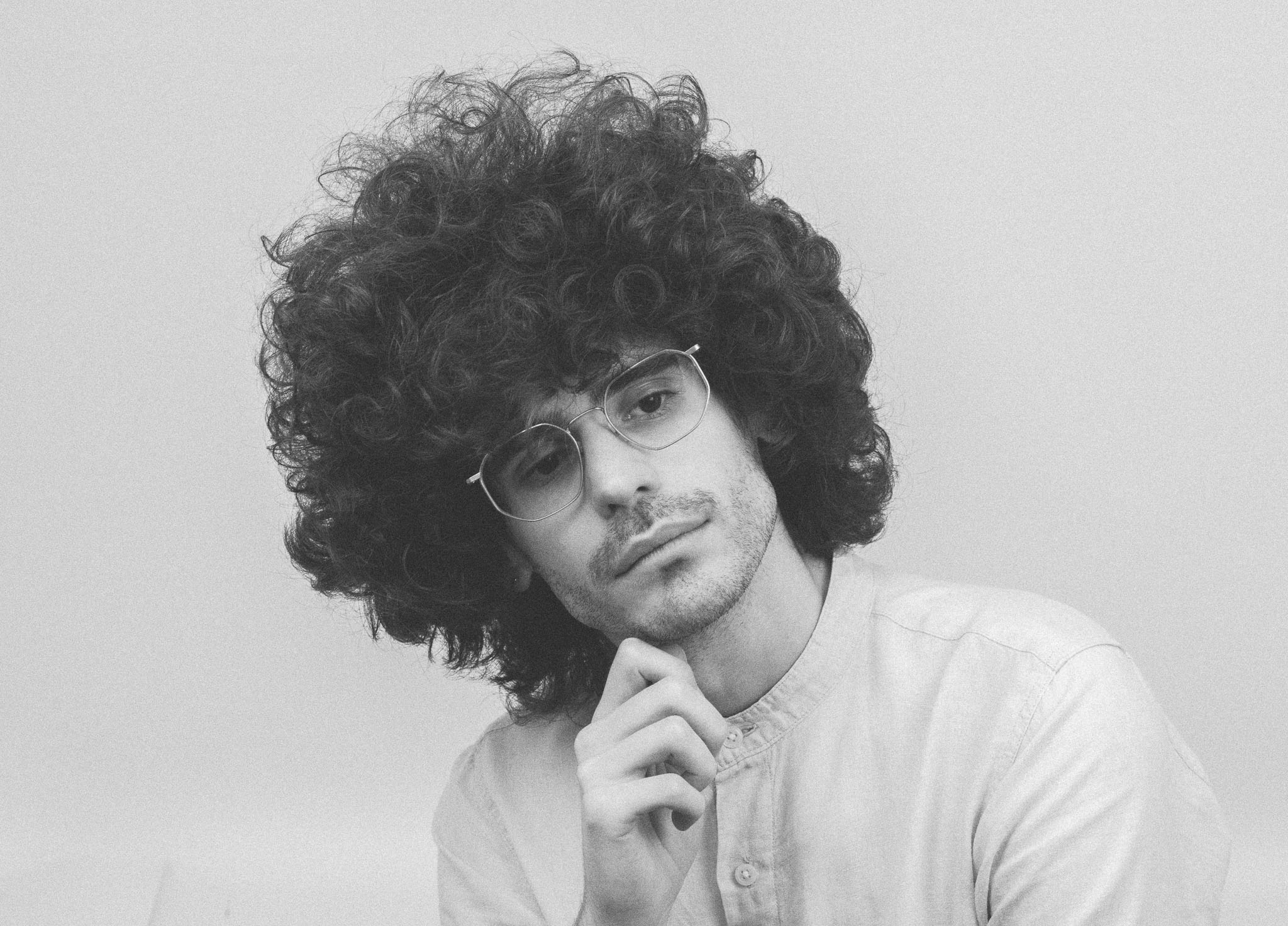
Miro Leon Bucher
New Media Artist | Curator | Philosopher | Anthropologist
Miro Leon Bucher (they/he) is a German new media artist working primarily in CGI/3D rendering, virtual
and augmented reality, sound design, and creative coding and currently works as an artistic-scientific
associate at the Department of Visual Arts of RWTH Aachen University, teaching Artificial Intelligence
in Art and Architecture. Born in 1998 and raised near Cologne, Germany, Miro currently resides between
Aachen, Germany, and Seoul, Republic of Korea.
Miro holds a Master of Arts in Philosophy and Social and Cultural Anthropology from the University of
Cologne, for which they completed extensive research stays in Seoul, Republic of Korea and at Ewha
Womans University. This research focused on gender, feminism and contemporary art. In their thesis
entitled "'Lee Subin, Born 1998'. Understanding Contemporary Gender Issues in South Korea through
Collaborative Exhibition-Making", Miro presents an ethnography on the epistemic potentials of
collaborative exhibition-making.
In their artistic practice, Miro combines media art with Ernst Bloch's Utopianism. Using various
technical processes, Miro creates tangible utopian worlds that criticise contemporary social issues and
suggests new Utopian visions of the future. Based on Ernst Bloch's "Principle of Hope" and Alfred Gell's
"Art and Agency", these works can be read as interventions for social change.
Miro is currently part of a research project by the Institut für Auslandsbeziehugnen (ifa) under the
title "Feminist and Decolonial Approaches to AI: A Participatory Approach to Knowledge
Production/Cultivation", leading to an AI workshop at Yonsei University, Seoul, Republic of Korea, and a
publication of the research results.
Miro has worked at the Department of Social and Cultural Anthropology and for its Artist Residency, as
well as for the
Chair of Epistemology, Philosophy of Science, and Logic and the
Cologne Center for
Contemporary Epistemology
and the Kantian Tradition (CONCEPT)
at the University of Cologne. Their
studies and research have been funded by the German Academic Exchange Service and the Institut für
Auslandsbeziehungen.
Miro Leon Bucher has exhibited and curated in Seoul, Republic of Korea, among other places.